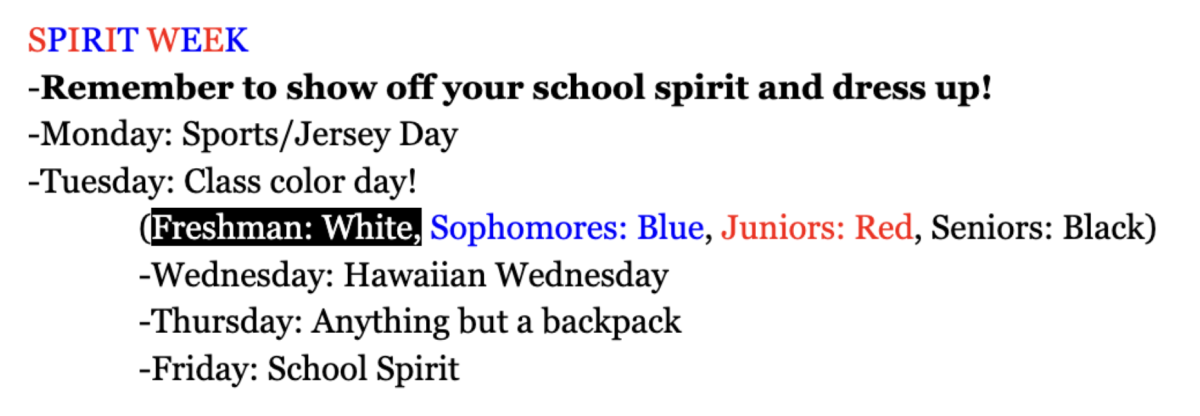The United States Food and Drug Administration (FDA) has banned the use of Red Dye No. 3 this past Wednesday. Red 3, often referred to as Red 3, is an artificial food coloring that gives food and drinks a vibrant cherry-red color. Most commonly found in candy corn, protein shakes, sausages, candies, vegetarian meats, bacon bits, cakes, and cupcakes..
Red 3 was banned from being used in cosmetics for possible risk of cancer more than three decades ago. In 1990, the FDA banned the dye in cosmetics after a study showed that it had caused cancer in male rats. For years, consumer and health advocates have been pushing the FDA to do the same for food since federal rules require the FDA to ban additives that have been linked to cancer in animals or humans.
“Although it is in some of my favorite and I can deal without it,” Freshman Valerie Repik said, “I will miss Skittles.”
The FDA’s announcement says that Red 3 causes cancer in rats and that it doesn’t occur in humans and studies in other animals and humans don’t show the same effects claiming that Red 3 in food does not put people at risk, since they support available scientific information.
“I think it’s good they are finally banning Red 3.” freshman Addison Kim says. “I don’t like eating candies that I know have harmful dyes in them.”
Food and drug manufacturers will have until Jan. 15, 2027, or Jan. 18, 2028, to remove the dye from their products, including all food imported to the U.S. Red 3 was already banned from food in California and the European Union.
“I think it will be good that they are banning things like Red 3,” art teacher Julia Martin said. “All the artificial coloring is extremely bad for you and has been banned in many other places so good that it is finally getting banned here.”
Now that Red 3 is finally getting banned consumers are still advocating their concerns over other dyes including Red 40, Yellow 5, Yellow 6, Blue 1, and Green 3, which have all been banned in California, since they have been linked to various heathland behavioral promises in some children. Despite recommending more research, the FDA has not found a “causal link” between children’s consumption of the dyes and behavioral impacts. The dyes are still allowed to be used in foods by the FDA.
“It is good that America is finally taking action to improve the population’s health,” Repnik said. “But it is sad that it has taken so long.”





















